How should I calculate the required resistor to make sure the device doesn't get damaged?
-
how much current does the device actually draw? ... google`ohm's law` – jsotola Mar 28 '18 at 02:53
-
I know, I just want to check here to make sure this thing isn't going to blow up in my face. I don't trust myself enough with that. – Myles Hollowed Mar 28 '18 at 02:54
-
1No, no. Resistor won't help you here. – Eugene Sh. Mar 28 '18 at 02:56
-
What would help? And why wouldn't a resistor help? – Myles Hollowed Mar 28 '18 at 02:56
-
Because your "device" does not require 1500mA. It requires *maximum* 1500mA. – Eugene Sh. Mar 28 '18 at 02:57
-
Is there anything I can do? – Myles Hollowed Mar 28 '18 at 02:59
-
You could start by telling us about this device and it's specifications. From the information you provided we can only guess (as I did, but there is a chance I am wrong..) – Eugene Sh. Mar 28 '18 at 03:01
-
Edited with the data sheet – Myles Hollowed Mar 28 '18 at 03:03
-
1So you need a 2.5V adapter with *at least* 1500mA output. Or just google "phillips shaver charger". There are some cheap ones around... – Eugene Sh. Mar 28 '18 at 03:10
-
That doesn't really answer the question. Is there any way to charge it with a 4.2V 1500mA power source? Can I drop the voltage to 2.5V with a resistor? – Myles Hollowed Mar 28 '18 at 03:12
-
A power supply should match voltage at all load currents up to rated to avoid unexpected failures. Is it AC out or DC? – Tony Stewart EE75 Mar 28 '18 at 03:44
-
[related](https://electronics.stackexchange.com/q/311039/6334) – The Photon Mar 28 '18 at 04:25
-
Also [When would I use a voltage regulator vs voltage divider?](https://electronics.stackexchange.com/q/106718/6334) – The Photon Mar 28 '18 at 04:26
2 Answers
You can use LDO Regulator like LT1963A which is capable of supplying 1.5A or 1500mA current at the 2.5V output voltage. From the charger you found, an input voltage of 4.2V is fair enough to get 2.5V output from LT1963A-2.5 Package. A typical circuit is given below. It is suggested that using a capacitor of 10uF in a circuit will stabilize the output.
Also, you need to consider a power dissipation of this regulator and it is mandatory that the junction temperature level due to the power dissipation must be in a limit suggested. For instance, pick a TO220 package of this IC. Calculation of junction temperature:
Power(P) = Iomax x (Vinmax - Vout) + (Ignd x Vinmax) [According to datasheet]
P = 1.5A x (4.2-2.5) + 80mA x 4.2
Note: Ignd is a Ground pin current of the IC that must be considered when calculating power dissipation. And the value of Ignd has been found in the characteristics curve.
Hence,
P= 2.886 W.
The Thermal Resistance of TO220 package is 4°C/W. The maximum junction temperature will be,
= 2.886 x 4 + 50°C(Maximum ambient temperature)
= 61.54 °C
This junction temperature is in the limit of the maximum junction temperature of 125 °C. When you eliminate Gnd pin current, approximately you can get ~1.42 A.
- 655
- 4
- 23
-
-
-
-
In this case, It will slowly charge the trimmer due to slightly low current output. Is this what you said 'not very efficient'? – CNA Mar 28 '18 at 08:57
Using a voltage divider, you cannot output the same current as your input because some current is required to bias the divider (without current going through the bottom resistor you would be able to control the voltage). Additionally, a varying load current will result in the voltage at the output node to vary too.
Look at using a linear regulator, at 2.5 V if you want a through hole package such as the TO-220 you may have to consider an adjustable linear regulator that you set with a resistor yourself. A linear regulator will output the same current as the input, just make sure the peak power it must dissipate, (4.2 V - 2.5 V) * 1500 mA, is less than the max power the package can handle (my guess is yes, but double check).
- 906
- 8
- 18

